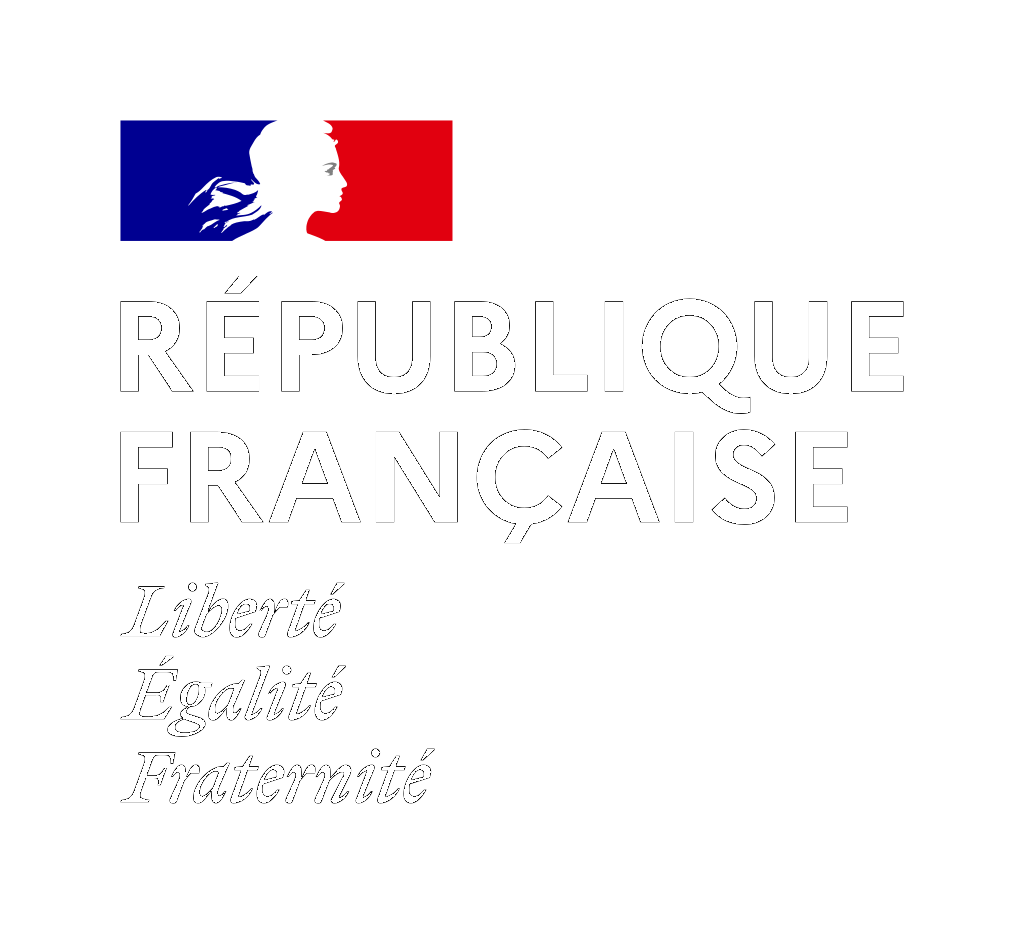- GEIPAN (Group for the Study and Information of Unidentified Aerial/Aerospace Phenomena) is a technical department of the CNES (French Space Agency). Its mission is to collect, analyze, investigate, publish, and archive reports of UAP (Unidentified Aerial/Aerospace Phenomena) sightings.
- It also provides information and data to the public regarding UAPs and UFOs.
- No, GEIPAN is a technical department of CNES (Centre National d’Études Spatiales), a public, industrial and commercial institute in charge of the definition and implementation of the French space policy. CNES operates under the supervision of the French government; Economy & Finance, Education & Research and the Defense Ministries
- GEIPAN is integrated within CNES as an expertise department.
- No. GEIPAN does not involve in a security topic nor a sky and space awareness or alert service.
- For any questions or alertsregarding your safety, please contact the appropriate authorities (police, gendarmerie, civil security, etc.).
- Contrary to popular belief, GEIPAN is not a research group on UFOs and extraterrestrial life, or other paranormal phenomena.
- No. GEIPAN collects testimonies, analyzes the data, and then conducts an investigation using a multidisciplinary approach combining physical sciences and human factors.
- GEIPAN uses only recognized scientific knowledge, without speculation or unverified hypotheses.
- GEIPAN is not focused to respond immediately to requests related to UAP observations.
- Yes. GEIPAN's mission is to publish its work while ensuring the anonymity of witnesses and the published documents linked to the investigation.
- Refer to the PRIVACY POLICY section regarding the protection of personal data collected for the purposes of investigations.
GEIPAN follows a methodology summarized in seven key stages:
1. Receiving the testimony
2. Creating the file
3. Initial analysis
4. Investigation and processing
5. Classification into A, B, C, D
6. Anonymizing the files
7. witness information and publication
The classification process is done according a quantitative and qualitative assessment of two parameters: the consistency (C) of the observation and the residual strangeness (E) after investigation.
- Strangeness (E): This is the measure of the residual strangeness after comparison with known phenomena hypotheses.
- Consistency (C): This is the product of the quantity and the reliability of the data submitted and collected during the investigation. The objectivity of this data is weighted according to a specific table, part of the GEIPAN methodology.
Classification categories:
- Classification A: Phenomenon perfectly identified after investigation.
- Classification B: Phenomenon probably identified after investigation.
- Classification C: Phenomenon not identified due to lack of data or information.
- Classification D: Phenomenon not identified after investigation.
A revisit process, or a new analysis, of cases C and D may be conducted if new information related to these cases is communicated to GEIPAN after the initial investigation.
- Anyone can provide testimony.
- GEIPAN is not sized to respond to indirect witness(es) of an UAP observation (i.e. reported by third parties).
- Testimony from minor witness is subject to parental authorization.
- Human testimony is at the core of the process and methodology for GEIPAN.
- GEIPAN only investigates phenomena reported by one or more direct witnesses of the observation.
- The witness must fulfil the technical questionnaire (QT), designed to gather the essential and substantial information to open an investigation.
- Visual, material or detection matters such as sketches, photographs, videos, etc. may complete the QT.
Only reports of sightings of Unidentified Aerospace Phenomena (UAP), including UFOs, are receivable and analyzed by GEIPAN.
GEIPAN is not in charge of study or analyze for paranormal phenomena.
To provide your testimony, you are invited to fulfil our technical questionnaire (QT), reachable via the "TEMOIGNER" tab on the website's homepage.
QT is the reference document to launch an investigation.
Your testimony is taken into account by GEIPAN, if the QT is:
- Fulfilled and Completed.
- Signed in the boxes provided for this purpose, including the publication authorization. All the personal data will be removed and the investigation dossier will be anonymized by our services prior any distribution.
- Submitted by email or postal mail to the addresses indicated on the questionnaire.
- Added sketches, photos, videos, or other elements that you wish to bring to GEIPAN's attention can be attached to your testimony.
An acknowledgment of receipt will be sent to you, it will inform you of the progress made in processing your testimony.
Our investigation procedure only targets reports of UAPs observed directly (with the naked eye) within French national territory.
GEIPAN reserves the right to exclude:
- Observations outside French territory.
- Indirect accounts (reported by third parties).
- Observations noted solely in photos or videos.
- Reports of observations dating back more than three years.
Observations made by minors will be considered upon receipt of written parental authorization (the document will be provided to you).
As each observation is unique, response times are not standardized.
They depend on:
- The volume of testimonies received.
- The time required to complete the investigation.
Once the file received, the observation is recorded under a GEIPAN case number, according to our specific nomenclature.
The witness then receives an acknowledgment of receipt, confirming that the testimony has been processed and officially recorded in our investigation database.
The witness is then informed that his observation has been assigned to a GEIPAN-approved investigator in charge of applying the investigation methodology.
Upon request, witness can be kept informed of the progress of the investigation, by email or post mail.
Witness will be systematically notified when the investigation is complete and ready for publication on cnes-geipan.fr.
Publication of the testimonial on our website is subject to your prior consent for publication, duly completed and signed on the technical questionnaire (QT).
The file is reviewed before publication for anonymization and removal of personal data in accordance with the current PRIVACY POLICY.

